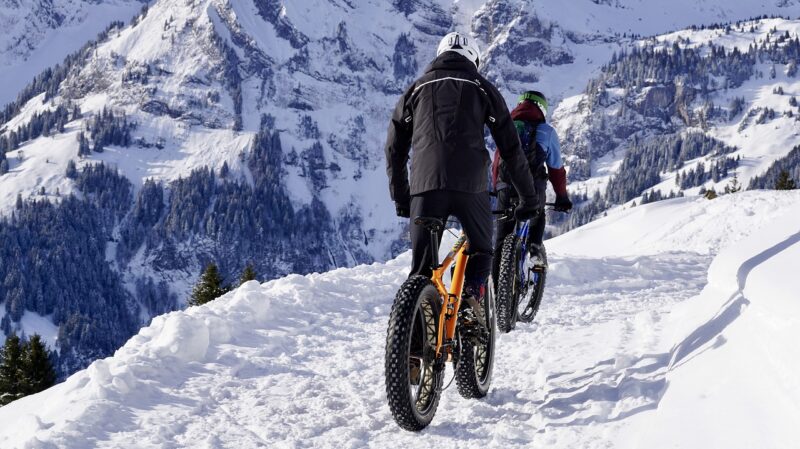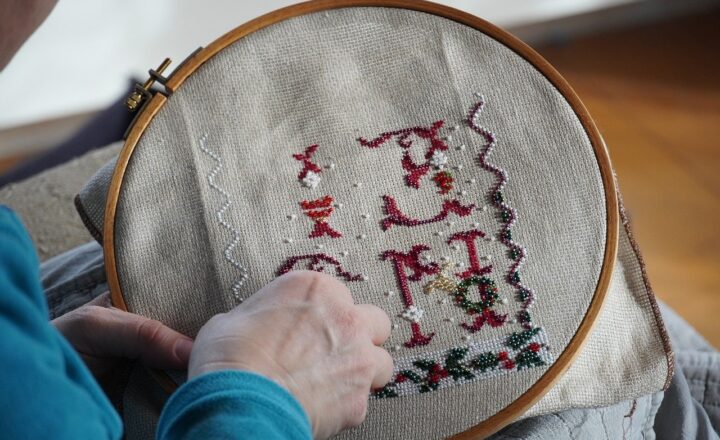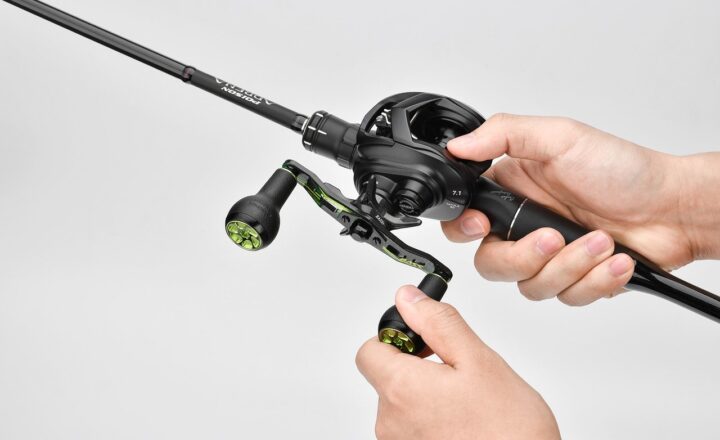
Biking is more than just a mode of transportation; it is a thrilling hobby that combines fitness, adventure, and exploration. Whether you are an avid outdoor enthusiast or a casual weekend wanderer, biking offers endless possibilities for enjoyment and exercise. However, starting your biking journey can feel overwhelming with the myriad of choices available. This guide will help you navigate the process of choosing the right bike and gear for your biking adventure.
1. Why Biking is a Great Hobby
Biking has numerous benefits that make it an appealing hobby for all ages:
- Physical Fitness: Riding a bike is a fantastic way to improve cardiovascular health, build muscle, and promote overall fitness. Just 30 minutes of cycling a few times a week can significantly boost your health!
- Mental Well-being: Biking outdoors allows you to connect with nature, reduce stress, and improve your mood. Studies show that physical activity releases endorphins, which can elevate happiness levels.
- Environmental Impact: Choosing a bike for short trips reduces your carbon footprint and contributes to cleaner air. You’ll enjoy the scenic views while supporting sustainable transportation!
- Social Connection: Biking can be a social activity! Join local biking clubs, participate in group rides, or explore paths with friends and family for shared experiences and camaraderie.
Biking is not just an effective way to stay fit; it’s a fulfilling lifestyle choice that encourages exploration and connection.
2. Choosing the Right Bike for You
Selecting the right bike is essential for maximizing your enjoyment and making your cycling experience comfortable. Here are the main types of bikes to consider:
- Road Bikes: Lightweight and built for speed, road bikes are perfect for smooth pavement and long-distance rides. They feature thin tires and a drop handlebar design. Ideal for those looking to cover more distance quickly!
- Mountain Bikes: Designed to handle rough terrains, mountain bikes have wider tires, sturdy frames, and enhanced shock absorption. If you enjoy trail riding or off-road adventures, this is the bike for you.
- Hybrid Bikes: A blend of road and mountain bikes, hybrids offer versatility for both paved roads and light trails. They provide a comfortable riding position, making them a fantastic choice for casual bikers or commuters.
- Cruiser Bikes: Perfect for leisurely rides, cruisers have a laid-back design with wide and comfortable seats, ideal for city riding or beachside boardwalks. Great for those who value comfort over speed!
3. Finding the Right Size
Choosing the correct bike size is crucial for comfort, performance, and safety. Here’s how to ensure you find the right fit:
- Test Ride: Visiting a local bike shop allows you to test ride different models. Pay attention to how your feet touch the ground and the reach to the handlebars.
- Consult Size Charts: Each bike brand may have different size specifications. Use a size chart to match your height with the recommended frame size.
- Adjustability: Make sure the bike allows for seat height and handlebar adjustments to customize your fit for comfort.
4. Essential Gear and Accessories
Once you’ve chosen the perfect bike, the next step is to equip yourself with the necessary gear:
- Helmet: Safety should always be your top priority. Invest in a quality helmet that fits properly to protect your head in case of an accident.
- Cycling Clothing: Comfortable athletic clothing or specialized biking attire helps improve performance and comfort as it wicks away sweat. Padded shorts provide extra comfort during long rides.
- Cycling Shoes: Specialized cycling shoes improve pedal efficiency and comfort. Look for shoes that are compatible with clipless pedals for added stability during rides.
- Bike Lock: If you plan to park your bike in public areas, invest in a sturdy bike lock to prevent theft and keep your bike secure.
- Repair Kit: Always be prepared for unexpected issues. Carry a basic repair kit including a spare tube, tire levers, and a mini pump to handle flat tires on the go.
- Water Bottle & Holder: Staying hydrated is essential, especially during long rides. Use a water bottle holder mounted on your bike frame for easy access while cycling.
5. Learning Basic Maintenance Skills
Owning a bike comes with the responsibility of routine maintenance to keep it in top shape:
- Cleaning the Chain: Regular cleaning and lubricating the chain prevent rust and ensure smooth gear shifts.
- Checking Tire Pressure: Maintaining the recommended tire pressure enhances performance and ride safety. Low pressure can cause handling issues and increases wear on tires.
- Brake Adjustment: Inspect brake pads and cables regularly to ensure proper functioning and safety on the road.
As you ride more, you’ll develop an understanding of your bike’s needs and the necessary care it requires.
6. Finding Local Bike Trails and Routes
Explore your local area by finding bike-friendly trails and routes:
- Visit Local Parks: Many parks have bike trails, offering scenic views while you cycle. This is a perfect way to explore nature, whether alone or with friends.
- Use Cycling Apps: Apps like Strava or MapMyRide help you discover nearby biking routes, track your mileage, and connect with fellow riders in your area.
- Join Local Riding Groups: Consider joining a local biking club where you can meet new people, gain riding tips, and join group rides to enhance your biking experience.
Conclusion
Getting into biking as a hobby can be an exciting journey filled with adventure and personal growth. By selecting the right bike, investing in essential gear, and connecting with the biking community, you’ll set yourself up for countless enjoyable rides. Remember, the best way to enjoy biking is to start slow, appreciate the process, and gradually explore new trails and experiences. So, grab your gear, hit the road, and let the biking adventure begin!
Happy biking!





